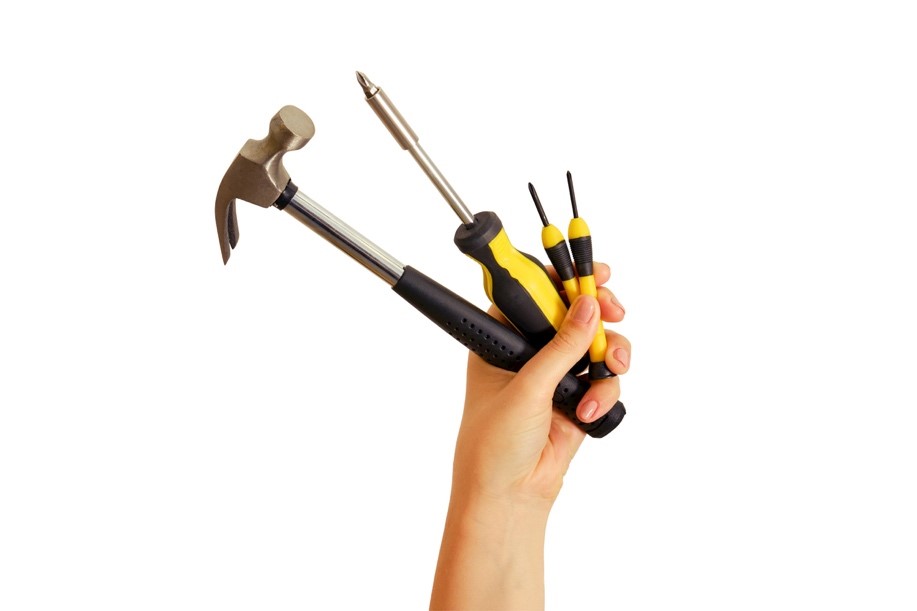A recent report issued by White Board Advisors uses the NAEYC’s Developmentally Appropriate Practices in their recommendations for selecting appropriate edtech for preschool and elementary school students.
When making technology purchasing decisions, school leaders need to focus on whether the new tool:
1. Promotes “joyful active learning”
2. Facilitate relationships between students and teachers
3. Integrates online learning with authentic real-world activities
4. Provides for true family engagement
5. Fosters personalized learning for diverse young learners
6. Addresses access issues1
As new technologies, such as A.I., enter our schools, it is vital to make decisions that are age-appropriate for all of our students. Technology, when used appropriately, can have the capacity to decrease the barriers that can stand in the way for young learners who have diverse backgrounds and different abilities. New speech technologies facilitated by A.I. and translation tools can provide enormous opportunities for young students.
Less is More!
When selecting new technologies for students in grades PreK-3, researchers urge caution and emphasize that more is less. By carefully choosing which new edtech tools belong in the PreK-3 classroom, school leaders should focus on tools that foster relationships and connect to real-world learning experiences.
Many parents and teachers already feel their young children are spending too many hours each day in front of screens and more research is indicating that too much screen time can have a negative impact on children’s mental health.
Pediatrician and mental health groups generally agree that children ages 2 to 5 should have less than one hour of screen time a day, and elementary school students should have less than two hours of screen time a day. A new report by White Board Advisors, with input from dozens of edtech leaders and the National Association for the Education of Young Children, indicates that school district leaders need to be more aware of choosing age-appropriate technologies for their youngest students. Systems implemented across school districts are often selected for middle and high school students and are often not well-designed for young learners.

Use the following checklist to evaluate new technologies for purchase:
-
Does the new technology promote play-based learning. Specifically, can you envision these new tools engaging students and encouraging them to participate in hands-on exploratory learning? Will these new tools spark curiosity, or only provide rote learning activities? Do the new tools help students engage in offline activities?
-
Does the new technology provide ways for teachers, students, and families to connect, communicate, and engage in the learning process in a robust way? Does the tool provide a streamlined way for stakeholders to connect and does it integrate with other platforms used in the classroom? Or does it add yet another system for stakeholders to have to learn and use?
-
Does the new technology use Universal Design for Learning (UDL) to support access and inclusivity. UDL is now a staple in schools, and any new tech tools should be designed to provide multiple ways for students to engage and interact with the new technology.
-
Does the new tool support students in productive struggle and encourage them to think creatively? Avoid tools that are simply a “fill in the blank” or “complete the task” type of program. Avoid tools that are merely providing “tech babysitting” for early learners.
-
Does the tool provide specific features ¾ such as text-to-speech, translations, and visual aids ¾ for access for students with disabilities who can benefit from these features? Can the tool be used for dual language learners while also supporting English Language Learning?
-
Avoid technologies that are non-interactive, defined as television programs, videos, DVDs, and streaming media. Stay away from passive technologies, especially for children ages 2 through 5.
-
Involve teachers and parents in the decision-making process and provide professional development so that teachers use the tools in developmentally appropriate ways.

Design Classrooms for the Successful Use of New Technologies
Set up classrooms for young learners so that teachers have flexible ways to modify how students are seated and to provide a variety of ways for students to engage with new tools. Promote student choice and provide ways to facilitate student collaboration.
Design several distinct spaces for different kinds of learning. For collaborative learning, provide space where small groups or pairs of students can work together and share new tools. With this same furniture, provide ways for work areas to be combined so that a much larger group can come together around a conference-size table made up by combining small tables. The large table area can be used for group learning games and discussions using tools that connect the technology with authentic learning experiences.
Provide a quiet more secluded and comfortable space for students to work independently and promote opportunities for students to focus and experience flow in their interactions with new tools.
Assist Teachers in Developing Clear Procedures for Using Edtech Tools
1. Use storage spaces or carts and devise clear steps for returning devices when they are not being used. Create routines or games so that students can take turns getting up and retrieving or returning devices or assign students the job of passing out and collecting the devices.
2. Provide students with clear instruction on how to gently handle devices.
3. Choose technologies that prevent students from going anywhere but within the assigned edtech software or app being used.
4. Teach students how best to share a device when they are working in pairs of small groups so that everyone can see the screen. Create roles so that students can decide who will be doing the typing and clicking and how those roles can rotate.
5. Have students turn devices over during a discussion or establish rules for what can be done during a discussion, such as checking on notes or answers.
This article was based, in part, on the following sources:
- Context is Everything: Reimagining EdTech for Early Learners.
- Technology and Young Children: Preschoolers and Kindergartners
- Developmentally Appropriate Practice (DAP) Position Statement
- Common Sense Education Teachers’ Essential Guide to Teaching with Technology









